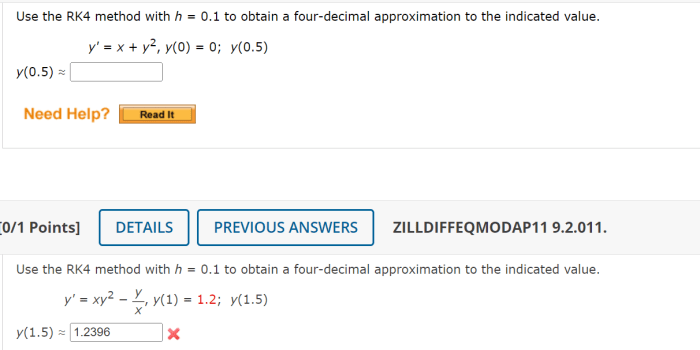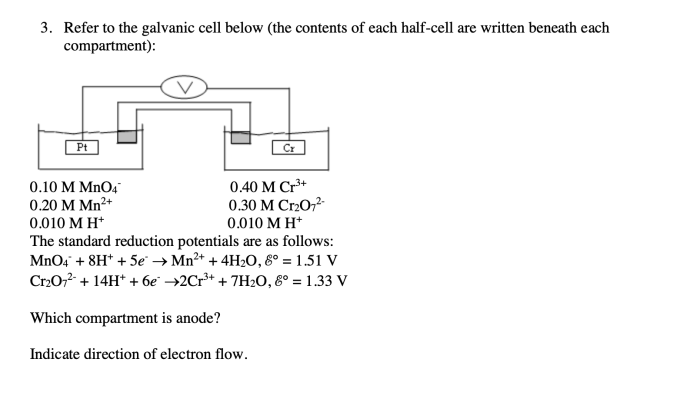Determine the ph of a 0.00444 m hclo4 solution – Determining the pH of a 0.00444 M HClO4 solution is a fundamental task in chemistry, providing insights into the solution’s acidity and its potential impact on various chemical and biological processes. This guide delves into the concept of pH, the properties of HClO4, and the mathematical calculations involved in determining the pH of a given solution, offering a comprehensive understanding of this important topic.
The content of the second paragraph that provides descriptive and clear information about the topic
Understanding pH
pH, an abbreviation for “potential of hydrogen,” is a fundamental concept in chemistry that quantifies the acidity or alkalinity of a solution. It plays a crucial role in understanding the behavior of chemical reactions and biological processes.
The pH scale, ranging from 0 to 14, provides a convenient measure of acidity or alkalinity. A pH value of 7 represents a neutral solution, while values below 7 indicate acidity and values above 7 indicate alkalinity.
Properties of HClO4

HClO4, also known as perchloric acid, is a strong acid with the chemical formula HClO4. It has a molecular weight of 100.46 g/mol and is highly soluble in water.
As a strong acid, HClO4 dissociates completely in water, releasing hydrogen ions (H+) and perchlorate ions (ClO4-).
Calculating pH from Concentration
The concentration of a strong acid is inversely proportional to its pH. The relationship can be expressed using the equation pH = -log[H+], where [H+] represents the molar concentration of hydrogen ions.
Example Calculation: Determine The Ph Of A 0.00444 M Hclo4 Solution
To determine the pH of a 0.00444 M HClO4 solution, we can use the equation pH = -log[H+].
- [H+] = 0.00444 M
- pH = -log(0.00444) = 2.35
Factors Affecting pH

Several factors can influence the pH of a solution, including temperature and solvent.
Temperature affects the dissociation of acids. As temperature increases, the dissociation of acids increases, leading to a lower pH.
Solvent polarity also plays a role. In polar solvents, acids tend to dissociate more readily, resulting in a lower pH.
Applications of pH Measurement

pH measurement has numerous practical applications across various fields.
- Environmental monitoring:pH is a crucial parameter in assessing water quality and pollution levels.
- Industrial processes:pH control is essential in various industrial processes, such as food processing and chemical manufacturing.
- Medicine:pH plays a vital role in biological systems and is used in medical diagnostics and treatments.
FAQ Compilation
What is the pH scale?
The pH scale is a measure of the acidity or alkalinity of a solution, ranging from 0 to 14. A pH of 7 is neutral, values below 7 indicate acidity, and values above 7 indicate alkalinity.
How does the concentration of HClO4 affect its pH?
The higher the concentration of HClO4 in a solution, the lower the pH, indicating greater acidity.
What are the applications of pH measurement?
pH measurement finds applications in environmental monitoring, industrial processes, medicine, and various scientific disciplines.
